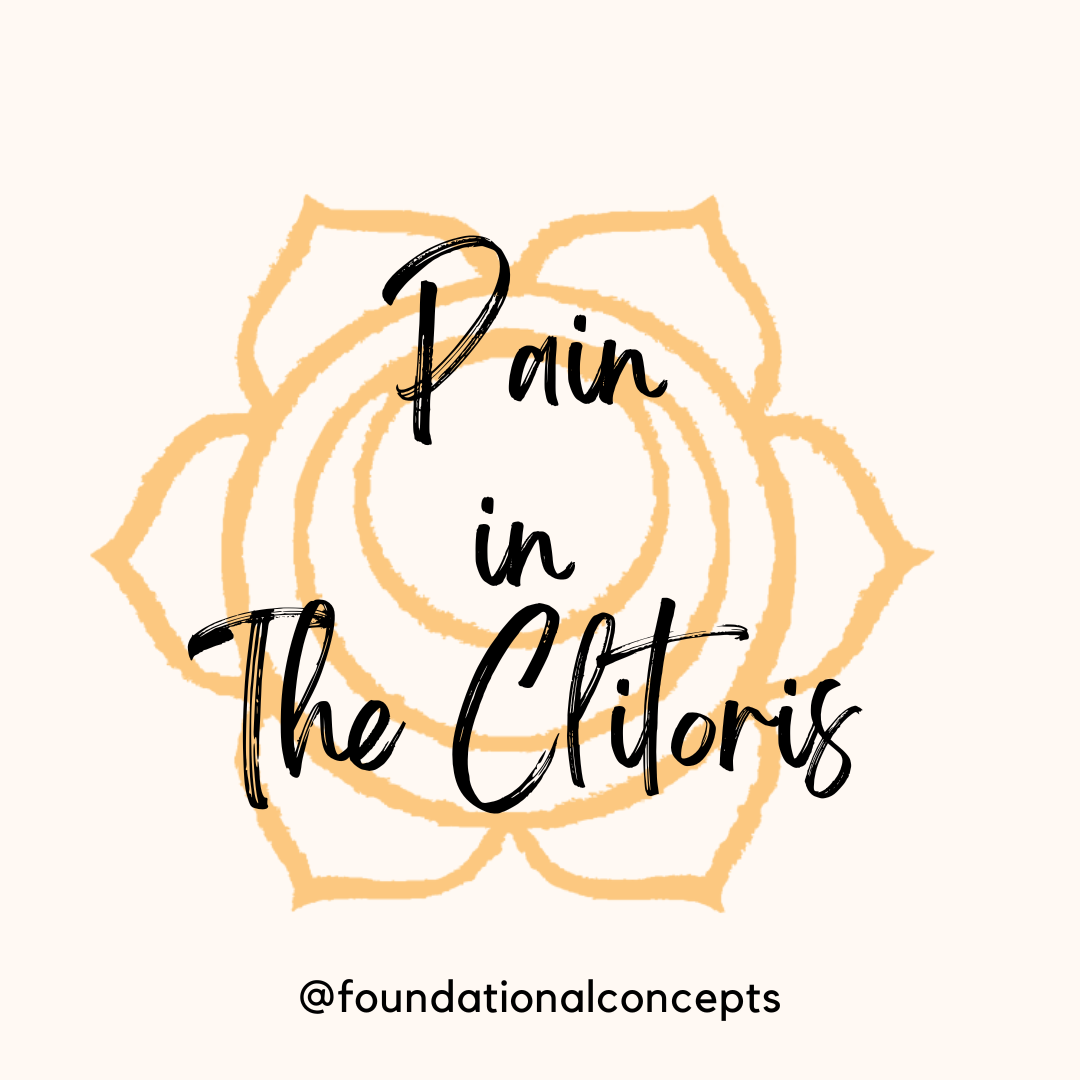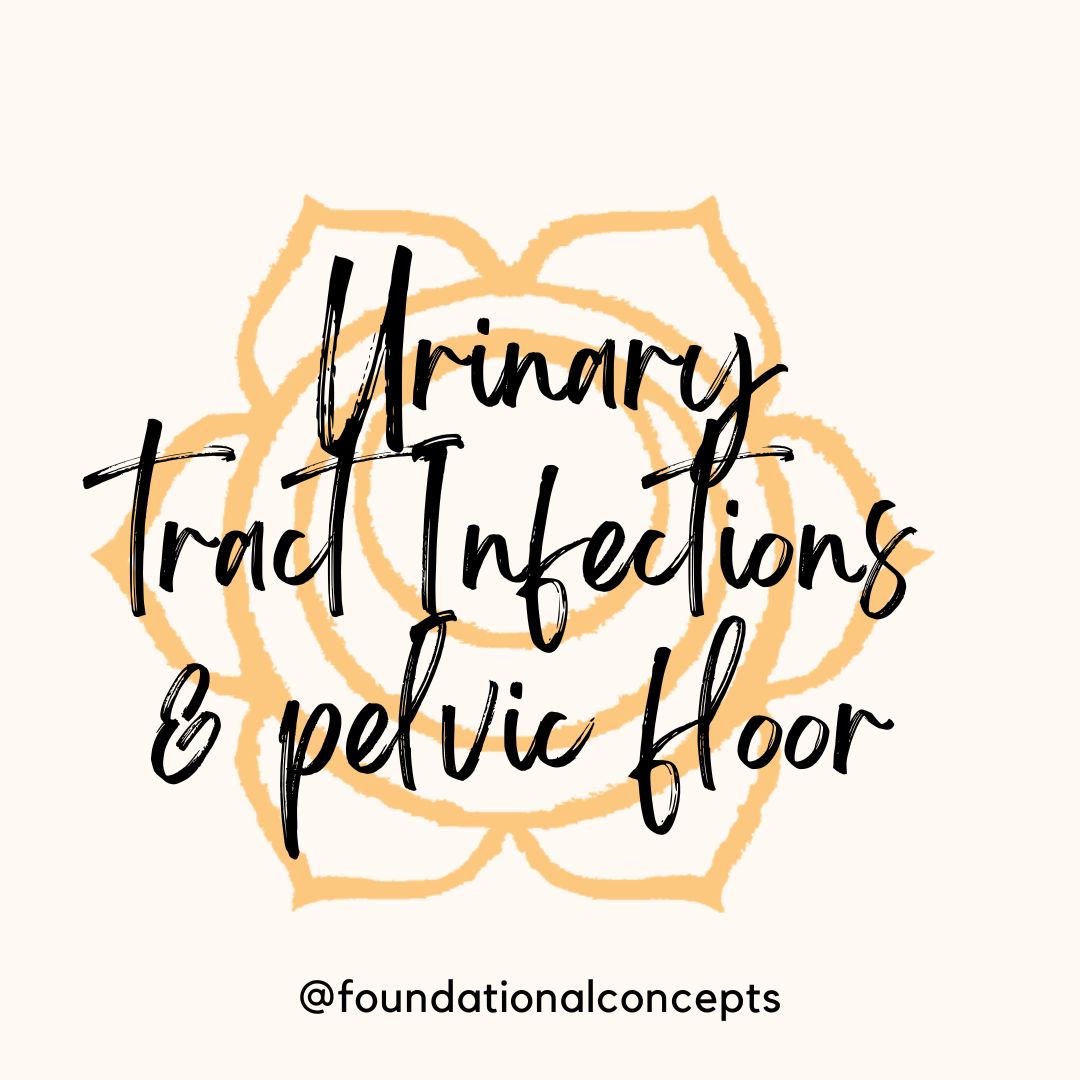In Pelvic Floor Physical therapy, as we look over our patients’ intake paperwork, one thing…

Citoridynia: AKA Pain in the clitoris
Yes, it is a mouthful, and sounds something like a prehistoric animal. But, it is a very disturbing condition that many women suffer from and it is often mis-diagnosed or mis-treated. The clitoris is a powerful organ of sexual pleasure. The tip has thousands of sensory nerve endings, more than any other body part. Women by design, have greater blood supply to the pelvic area. The clitoris provides the means of having multiple (or any) orgasms. Women’s sexual response has unfortunately been defined by male standards, making our understanding of the clitoris and its function inadequate. Too often women come to see us and say “I am really not very familiar with that area”.
Clitorodynia is a subset of pelvic pain in which pain is centered around the clitoris. It can be burning, sharp or dull pain that often limits clothing choices, time in sitting, biking and sex, of course! The big question on our patients tongues is WHY WHY WHY??? There is often no particular injury that causes this condition. It is likely irritation, compression or injury to the Pudendal nerve and particularly its branch called the Dorsal Nerve of the Clitoris. The dorsal nerve of the clitoris provides sensation to this structure. When the nerve is held under tension, compression or injured directly it can be very painful.

This illustration shows the nerves to the perineum and pelvis and you can see the Dorsal Clitoral nerve, as well as the Pudendal nerve and their path. Nerves love movement. When you have tension in the muscles, tissues and fascia nerves are not allowed to glide and move as they are designed to and they become irritated. As well, if you have chronic inflammation from chronic pain this affects nerves in a similar way, by irritating them with the inflammatory “soup” that becomes trapped in your tissues.
Nerves also love blood flow. Again, if you have muscle tension and tissue restrictions you do not have good blood flow. As such, in chronic pain conditions blood flow is also poor. Activities such as biking, or professions which require long periods of sitting can reduce circulation to the area and aggravate the condition.
Nerves also love space. They are designed beautifully in fantastic canals of fascia and connective tissue. When these spaces are compromised, your nerves are not happy. When you restore blood flow, movement, and give them back their space, the pain and irritation settle down. The next question on our patients tongues is HOW do we do this?
There are many medications that your physician may prescribe to help with this pain. I am not a physician and so I will not discuss these in this blog. My experience with these drugs has been that they dull the pain to allow a patient to function at some level, but leave side effects to deal with. Medication DOES NOT address the cause of the nerve irritation, it simply treats the symptom. Other medical treatments that can be helpful are muscle or nerve injections and topical pain relievers.
Behavior Modification Therapy with a certified sex therapist can be tremendously helpful. Because the painful clitoris affects sexual function, and the brain is the primary organ for sex, a psychologist or licensed counselor who has experience with sexual disorders/pain syndromes is very important in your treatment. When this goes on for months/years, there are often relationship issues that need to be addressed. Stress is a significant trigger for this pain and counseling is a great way to learn better management techniques. Dealing with vulvar (that’s a fancy word for your external genital area) pain can feel embarrassing, limit your social activities and your relationships. If you have to take medications the side effects can cause problems and the stress of this builds in anyone. It is very important to manage this.
Physical Therapy (my turn!) is a great treatment for clitorodynia. Physical therapists are experts in nerve tension, compression, injury and rehabilitation for these painful structures. A pelvic physical therapist can palpate the pudendal nerve as it travels through the Pudendal canal (also called Alcock’s canal). They can palpate the muscles within the pelvic floor that house the superficial branches of this nerve to determine if they hold too much muscle tension or painful trigger points. They can help you modify activities or exercise programs to better fit your needs and not aggravate your condition.
Physical Therapists love to educate! We will spend most of our time educating you regarding the anatomy and function of this area and how the brain works in painful conditions, so you can confidently return to a healthy, pain free lifestyle. At our sessions we will perform some manual therapy releasing tight muscles and tissues vaginally. We will teach you how to lengthen tight muscles using various techniques. We teach deep breathing and relaxation techniques. We teach posture and body mechanics and how to modify these to reduce irritation to the involved tissues. We will also discuss sexual positions that may be more comfortable and less irritating.
The take home message is, please don’t let this very treatable condition go because it is embarrassing, or uncomfortable to discuss. Be comfortable with your body. I examine this area daily on many different women. The clitoris is a body part, just as equal (but definitely more sensitive) to the arm, elbow or wrist. It was designed beautifully and serves a very important function. There are answers, and if at first you do not find them with the first doctor you see, try and try again! If you are reading this you are already on the right track! Find a physical therapist (click HERE to schedule a phone consult) who specializes in pelvic dysfunction, or a physician who specializes in pelvic pain, or a sex therapist. Each of these practitioners should have one of the other specialties that they refer to, or work alongside to help you find the right answer for you.
–Sarah Dominguez, PT, MSPT, CLT, WCS




